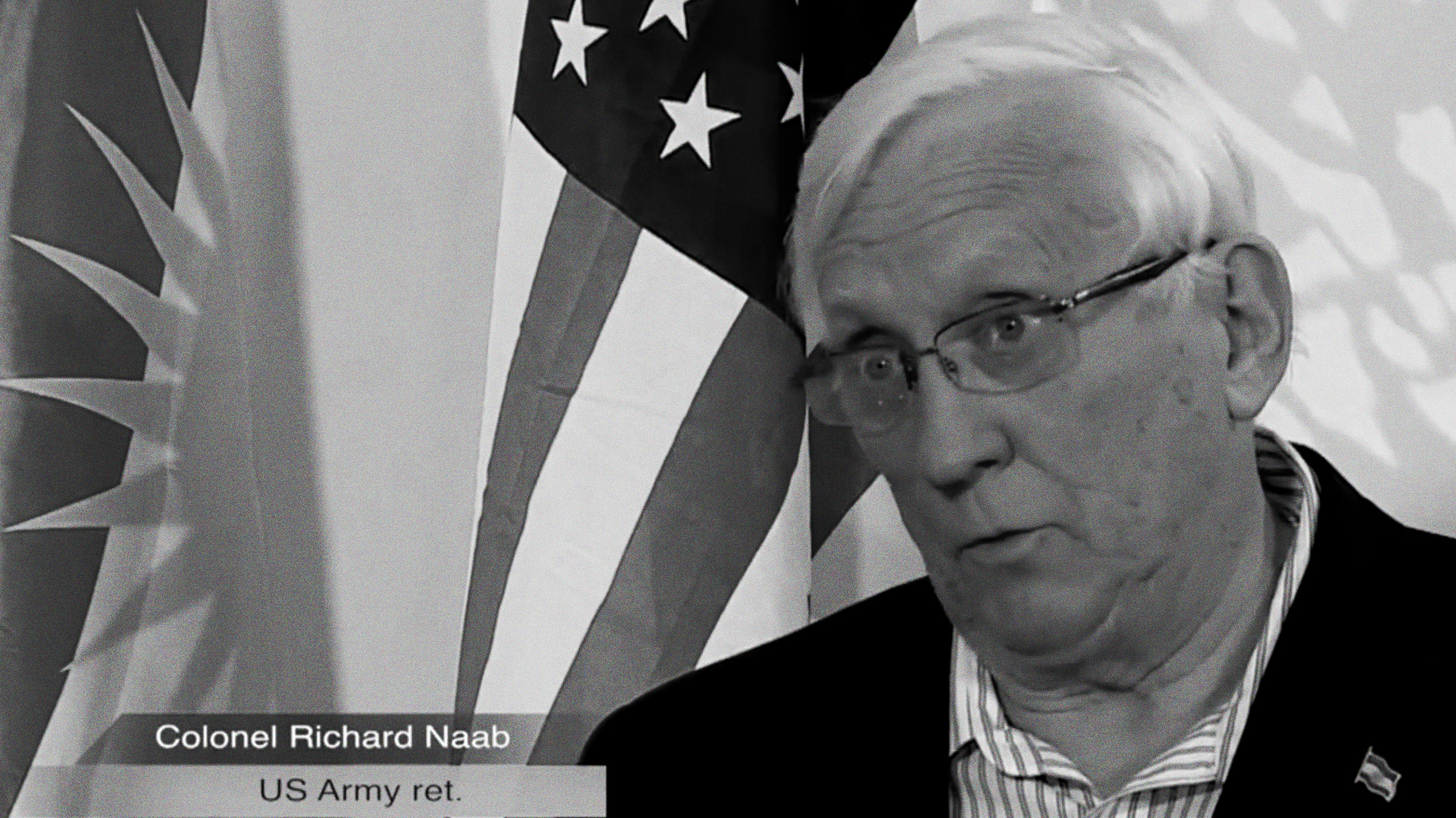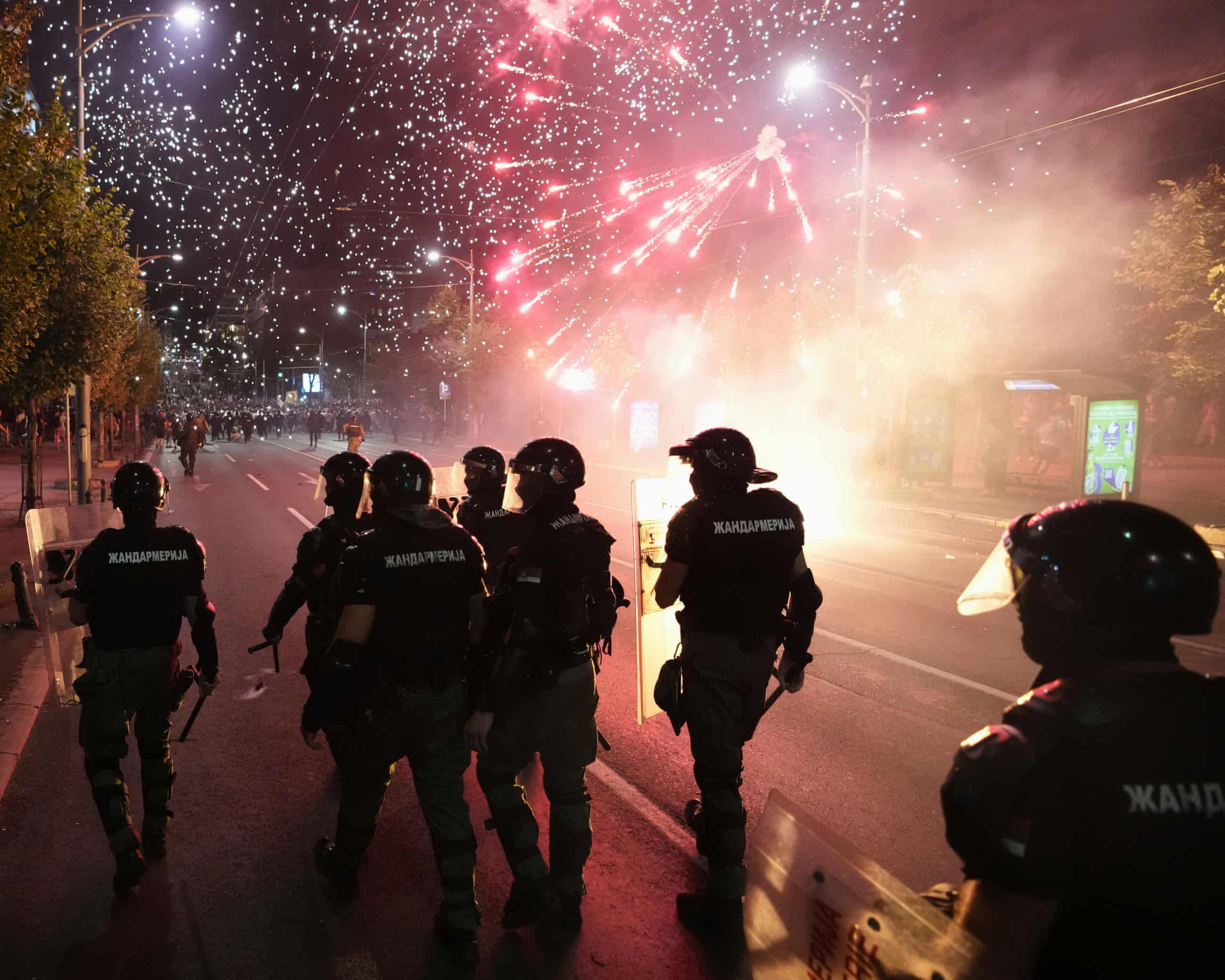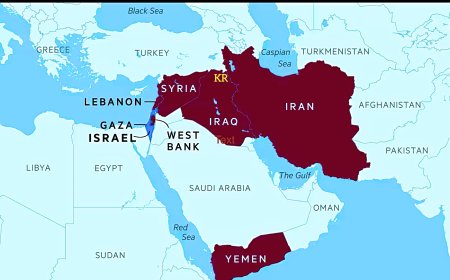From Kathmandu to Cairo: Gen Z Protests and the Global Cry for Transparency
Dr. Sirwan Abdulkarim Ali / Political analyst and academic

In the heart of Kathmandu, Nepal’s restless youthquake has sparked a wave of protests that resonate far beyond their borders. What began in early 2022 as demonstrations over freedom of expression and economic frustration has since transformed into a movement that symbolizes the power of the today’s youth, the global cohort born into connectivity, educated in uncertainty, and determined to challenge corruption. These young Nepalis, demanding transparency, job opportunities, and democratic freedoms, mirror struggles familiar to citizens across the Middle East, Africa, and South America. Just as the Arab Spring a decade ago shook entrenched regimes from Tunisia to Egypt, the uprising in Nepal highlights a common truth: in the digital era, young people will no longer accept silence or suppression. The brutality of the Nepali authorities, resulting in the deaths of several protesters and the injury of hundreds more, only deepened the determination of these young activists. Their fight is not isolated; it is part of a broader generational awakening where technology, education, and sheer frustration converge to fuel demands for dignity.
The world has witnessed this script before. When Arab youth rose against dictatorships in 2011, they were driven by anger at censorship, unemployment, and the suffocating corruption that stripped them of futures. Today in Nepal, the echoes are unmistakable: blocked social media, jobless graduates, rising living costs, and a government unwilling (or unable) to adapt to new realities. These elements create the same combustible mix that fueled protests from Cairo’s Tahrir Square to Tunis’s Avenue Bourguiba. Nepal may seem worlds away from the Middle East, yet the structural problems such as corruption, restricted freedoms, and unresponsive leadership are strikingly familiar. If anything, the young people of today are even more connected than their predecessors of 2011. With TikTok, Twitter, and Instagram, movements can spread across borders in hours, making it nearly impossible for authoritarian regimes to control narratives. The lesson is clear: when governments prioritize secrecy over transparency, they sow the seeds of upheaval that no army deployment or curfew can contain.
What is unfolding in Nepal is not unique, but part of a global trend of youth-driven resistance. In Latin America, Chilean students sparked sweeping reforms by mobilizing against inequality. In Sudan and Algeria, young protesters defied military regimes, echoing demands for justice. Across Africa, from Nigeria’s #EndSARS movement to South Africa’s student uprisings, the younger generation has challenged oppressive structures. In Asia, from Hong Kong to Sri Lanka, youth-led movements have shaken governments and redefined the boundaries of civic action. All these struggles converge on common themes: corruption, unemployment, censorship, and the demand for transparency. Nepal’s protests thus serve as both a local struggle and a global signal, reminding us that the era of passive youth has ended. When nearly half the population in many countries is under 25, governments cannot expect silence. Instead, they face a generation that will turn social media into a megaphone, transforming isolated grievances into international solidarity.
At the core of these uprisings lies a single word: transparency. For decades, governments in the Middle East, Africa, and parts of Asia operated on opacity, which means censorship, back-room deals, and opaque power structures. But the coming decade leaves no room for such practices. Technology ensures that corruption is exposed faster than ever, whether through leaked documents, viral videos of police brutality, or investigative journalism shared instantly online. Today’s youth activism demonstrates that transparency is not a luxury. It is the only alternative to chaos. In Nepal, the government’s attempt to silence protesters by banning social media only backfired, amplifying anger and increasing participation. In the Middle East, governments that resist transparency face mounting risks of renewed Arab Spring-style revolts. The writing on the wall is there: within the next ten years, regimes that fail to open themselves to scrutiny, accountability, and youth participation will find themselves swept aside by the same forces now shaking Kathmandu.
The protests in Nepal, led by courageous young figures like Sushila, are not just about one country but reflect a generational demand for change. From the valleys of Nepal to the streets of Baghdad, Khartoum, and Bogotá, young people are rewriting the political script of the 21st century. Their uprising proves that education, connectivity, and courage can disrupt even the most entrenched systems of corruption. Just as the Arab Spring reminded the world that authoritarianism has limits, the Nepali youth movement highlights the inevitability of transparency as the foundation of governance in the next decade. Governments can no longer rely on censorship, intimidation, or empty promises. The protests show us that the future belongs to those who embrace accountability and empower their youth—not to those who silence them. What began in Kathmandu may soon echo across continents, a warning and a promise: the next global revolution will be transparent, or it will be unstoppable.











































